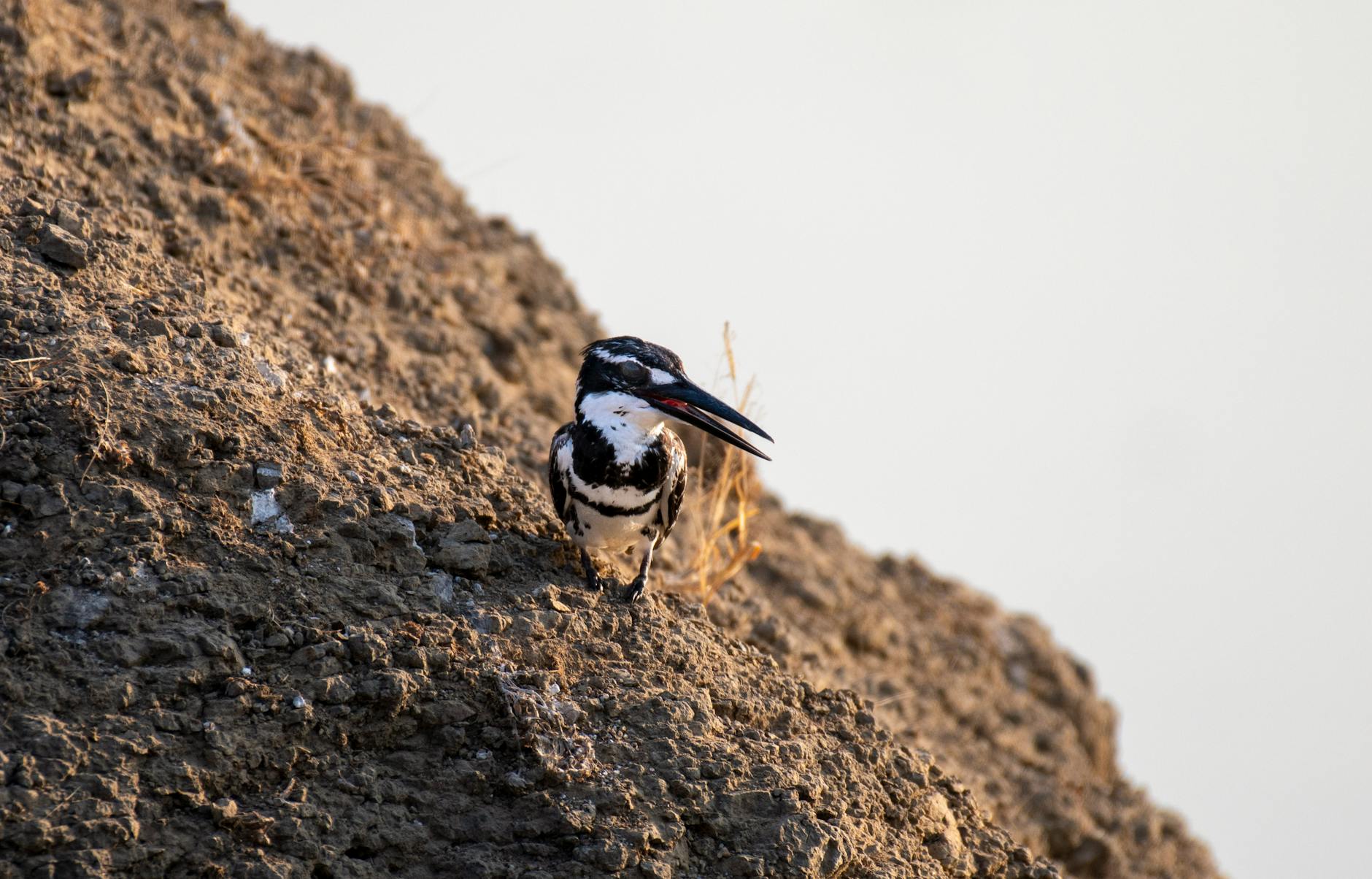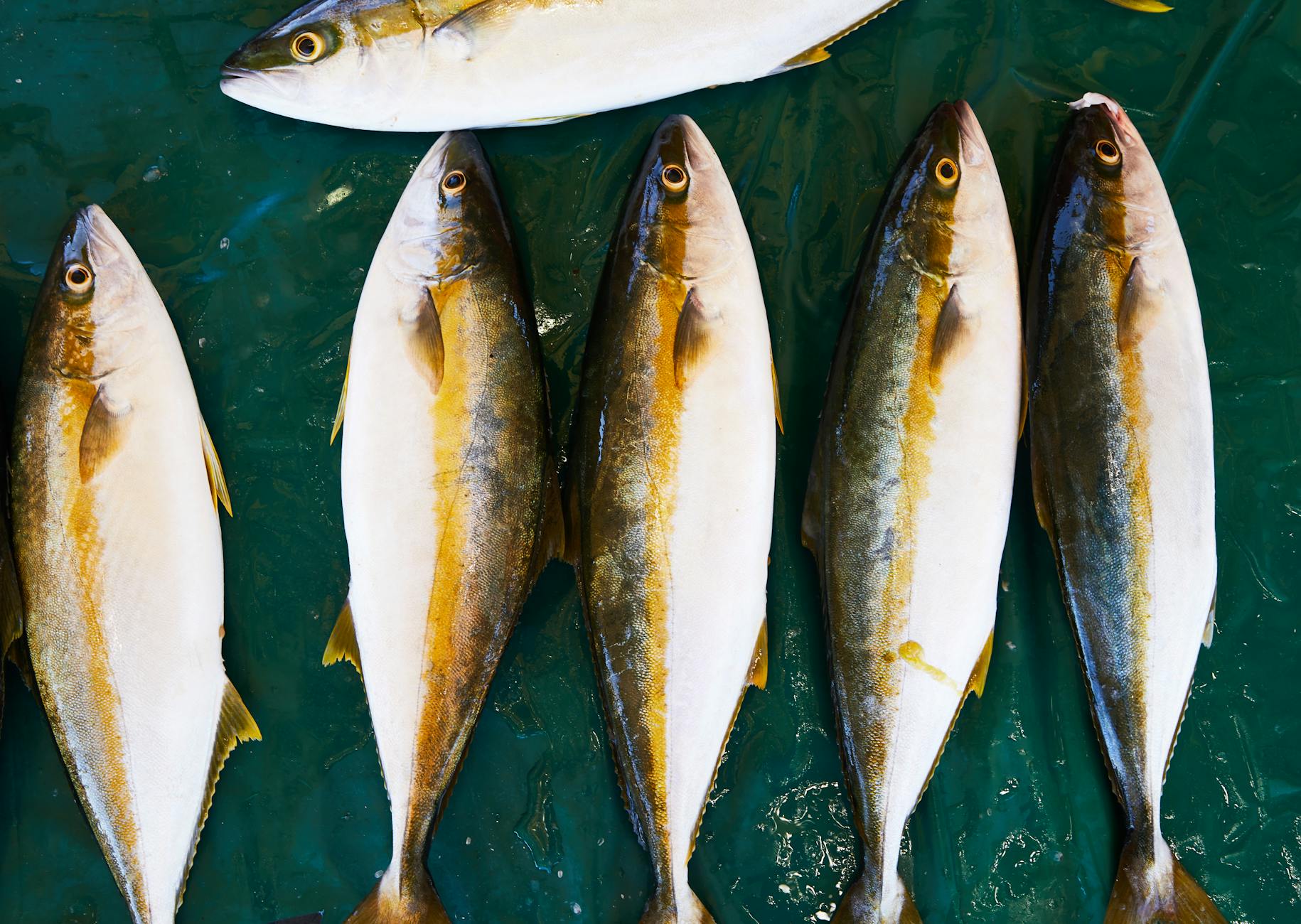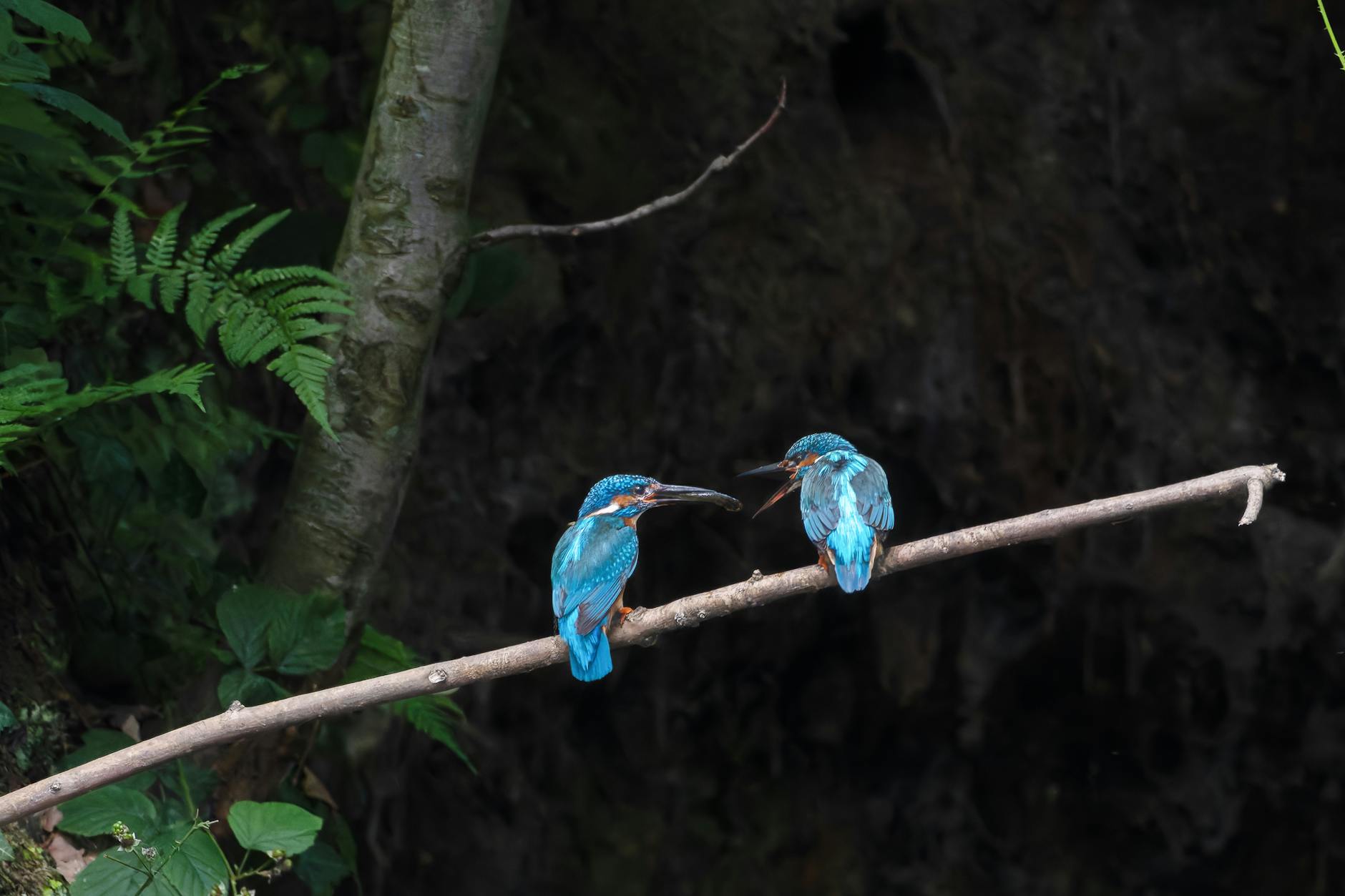The Importance of Kingfishers in Our Ecosystem: Why They Matter
Kingfishers are more than just beautiful birds; they play a vital role in maintaining our ecosystems. These avian hunters keep aquatic populations in check by preying on fish and invertebrates, contributing to a balanced food web. Their presence often signals a healthy environment, as they are sensitive to changes in water quality and habitat conditions.
Understanding why kingfishers matter can help us appreciate the intricate connections in nature. Without these colourful birds, we risk upsetting the delicate balance that supports various species, including ourselves. In this post, we’ll explore the role kingfishers play as indicators of ecological health and their broader significance in our natural world.
Kingfishers as Indicator Species
Kingfishers are not just a visual delight; they serve as key indicators of ecosystem health. Their sensitivity to environmental shifts makes them valuable for assessing the condition of aquatic habitats. Through their behaviours and population trends, we gain insight into the broader environmental changes affecting our waterways.
Sensitivity to Environmental Changes
Kingfishers are acutely aware of their surroundings, which makes them sensitive to shifts in water quality and habitat conditions. These birds rely on clean, well-oxygenated water to thrive, making their presence an indicator of a healthy ecosystem.
Their foraging behaviour is directly tied to the availability of fish and invertebrates, which in turn reflects the ecosystem’s overall health. When water parameters such as temperature, pH, and turbidity fluctuate significantly, kingfishers may respond by altering their nesting and foraging locations. For instance, a decline in food sources due to pollution or habitat degradation can lead to a noticeable decrease in kingfisher populations. Reports suggest that these birds are affected by even slight changes in water chemistry, which alters their hunting efficiency and reproductive success. For more on this, visit Vocal.

Photo by Rajukhan Pathan
Impact of Pollution on Kingfishers
The impact of pollution on kingfishers is profound and concerning. These birds are vulnerable to various pollutants, including heavy metals, pesticides, and industrial waste. Such toxins accumulate in their bodies, leading to health issues and decreased reproductive success.
Research indicates that polluted habitats can severely disrupt the kingfisher’s diet. For instance, contaminants in water can diminish fish populations or cause malformation in prey species, making it harder for kingfishers to find suitable food. The presence of toxins, like mercury, has been shown to lead to neurological and reproductive problems in these birds. This issue underscores the need for monitoring and mitigating pollution in aquatic ecosystems. More insights can be found in studies such as this one on pollution and foraging behaviour.
As we observe changes in kingfisher populations, they can serve as a canary in the coal mine, signalling the need for action to protect our water systems. Understanding their role not only helps in conserving these beautiful birds but also aids in safeguarding the health of our ecosystems as a whole.
Role in Aquatic Food Chains
Kingfishers occupy a vital position in the aquatic food chain. As skilled hunters, they directly influence the populations of fish and other aquatic species. Their predatory behaviours contribute significantly to maintaining ecosystem balance. Let’s explore this role in more detail.
Predatory Behaviour
Kingfishers utilise various hunting techniques to catch their prey, primarily focusing on fish and aquatic invertebrates. These birds often perch silently above the water, keenly observing their surroundings. Once they spot a target, they plunge into the water with impressive speed, using their sharp beaks to snatch the prey. This behaviour not only affects their survival but also has substantial implications for the populations of the species they hunt.
By keeping fish populations in check, kingfishers prevent overpopulation, which can lead to competition for resources and a subsequent decline in biodiversity. Reports indicate that their hunting activities can directly impact the abundance of certain fish species, ensuring that no single species dominates the ecosystem.
For a deeper understanding of how their hunting affects prey populations, visit Animal Diversity.

Photo by Laker
Balanced Ecosystems
Kingfishers play a significant role in maintaining balance within their ecosystems. By regulating populations of fish and invertebrates, they help to keep ecosystems functioning smoothly. This dynamic is crucial since a decline in fish populations can disrupt the food chain, affecting not just other species but also the health of aquatic habitats.
Moreover, the presence of kingfishers can indicate the overall health of an aquatic ecosystem. If their populations thrive, it often signals that the aquatic environment is clean and well-maintained. Conversely, declines in kingfisher numbers often reflect underlying issues within the ecosystem, such as pollution or habitat degradation.
For further insights into the connection between kingfishers and ecosystem balance, read more at Vocal.
By understanding the role of kingfishers in aquatic food chains, we can better appreciate the intricate relationships within nature and the importance of protecting these remarkable birds and their habitats.
Contribution to Biodiversity
Kingfishers enrich our ecosystems by playing crucial roles in maintaining biodiversity. Their presence signifies healthy aquatic environments. By understanding their habitat preferences and interactions with other species, we can appreciate their contributions to ecological balance.
Habitat Preferences
Kingfishers flourish in a variety of habitats, primarily around freshwater sources. They favour areas such as rivers, lakes, and ponds where they can access clear water teeming with fish. These birds are often found in regions with abundant vegetation that provides shelter and nesting sites.
Key habitat requirements for kingfishers include:
- Clear Water: Essential for spotting prey.
- Vertical Banks: Needed for nesting and roosting.
- Rich Vegetation: Offers cover and hunting perches.
Their adaptability means they can also thrive in urban areas where water bodies exist, contributing to biodiversity even in human-dominated landscapes. For a deeper dive into their habitat needs, visit San Diego Zoo Animals & Plants.

Photo by Siegfried Poepperl
Interdependence with Other Species
Kingfishers play an integral role in their ecosystems, interacting with numerous species. Their hunting behaviour regulates fish populations, which in turn impacts the aquatic ecosystem’s overall health.
Additionally, kingfishers serve as prey for larger birds and mammals, creating a balance in the food web. This dynamic illustrates how the survival of kingfishers contributes to diverse biological interactions.
In turn, their presence indicates a healthy ecosystem. When kingfishers thrive, it signals that water bodies are clean and support a variety of life. To explore more about their ecological significance, check out Animal Diversity.
Such interdependence highlights the necessity of conserving kingfishers to ensure the stability and health of our natural environments. Understanding their role offers valuable insights into maintaining ecological integrity, benefiting us all.
Cultural and Symbolic Importance
Kingfishers are not only integral to our ecosystems but also hold deep cultural and symbolic significance across various societies. Their vibrant colours and unique behaviours have inspired countless stories and art forms, reflecting the admiration people have for these stunning birds. Examining their role in folklore and conservation efforts can reveal how kingfishers connect us to the natural world.
Kingfishers in Folklore and Art
Throughout history, kingfishers have captured the human imagination, appearing in folklore, mythology, and art. They symbolize various attributes, making them prominent in different cultures.
- Greek Mythology: The ancient Greeks believed kingfishers, or “halcyon birds,” were transformed from a pair of lovers by the gods. This story links the birds to calmness and serenity, often associated with fair weather that follows storms. For further details, check out this intriguing account.
- Native American Tribes: In many Native American cultures, kingfishers embody different meanings. Some tribes associate them with peace and prosperity, while others see them as symbols of fertility. For instance, the Makah tribe in the Pacific Northwest has unique legends revolving around these birds. Learn more from a Pittsburgh Quarterly article.
- Symbol of Beauty: Artisans and craftspeople often depict kingfishers in their creations. For instance, wooden carvings and paintings vividly present their striking features, symbolising the beauty of nature. Explore some beautiful examples here.
These cultural narratives elevate kingfishers beyond mere birds; they embody values and lessons that resonate across generations.
Inspiration for Conservation Efforts
Kingfishers also serve as beacons for conservation, representing broader themes related to environmental health. Their plight reflects the urgent need for action in preserving biodiversity and protecting our ecosystems.
- Symbol of Hope: Kingfishers are often viewed as symbols of hope and renewal. Their presence in a habitat can indicate its health, encouraging communities to protect these environments. When people see thriving kingfishers, they are reminded of the beauty that a clean ecosystem provides. Read about their symbolic significance in this insightful article.
- Driving Force for Action: The recognition of kingfishers as important indicators of environmental changes inspires collective action against biodiversity loss. Their declining populations signal the need for initiatives aimed at restoring natural habitats and ensuring clean waterways. For a deeper understanding, check this detailed discussion on their symbolic importance.
- Community Engagement: Kingfishers can engage local communities in conservation efforts. Workshops and educational programs can highlight their importance, fostering a sense of stewardship amongst residents. This community-driven approach can lead to positive changes in environmental policies and practices.
By appreciating the cultural and symbolic significance of kingfishers, we can galvanise support for conservation initiatives and strengthen our commitment to preserving the natural world.
Conclusion
Kingfishers are essential components of our ecosystems, serving as indicators of environmental health and maintaining biodiversity. Their role in controlling fish populations ensures balance within aquatic habitats.
Protecting kingfishers means safeguarding clean waterways, which in turn supports broader wildlife.
Consider exploring your local environment and advocating for conservation initiatives that benefit these vibrant birds. Awareness and action can foster a healthier ecosystem for all species involved.
What steps can you take today to help preserve the habitats that kingfishers thrive in? Your efforts can make a real difference.










